Indoor STEM Activities for Kids
STEM Sport
DECEMBER 12, 2023
Below are five engineering activities that use everyday items: Popsicle Stick Bridges: Use popsicle sticks and glue to construct bridges. This is a fun way to explore geometric shapes and stability in construction. Homemade Pendulum: Construct a simple pendulum by suspending a weight from a string.

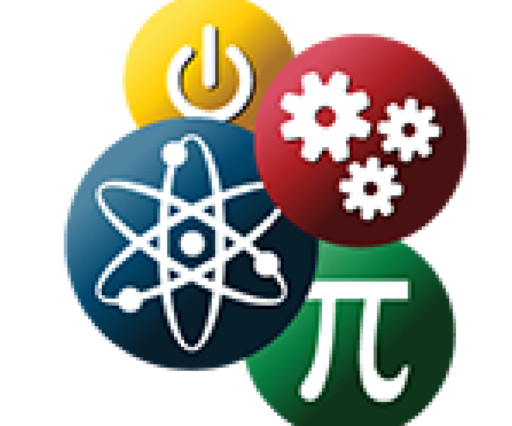
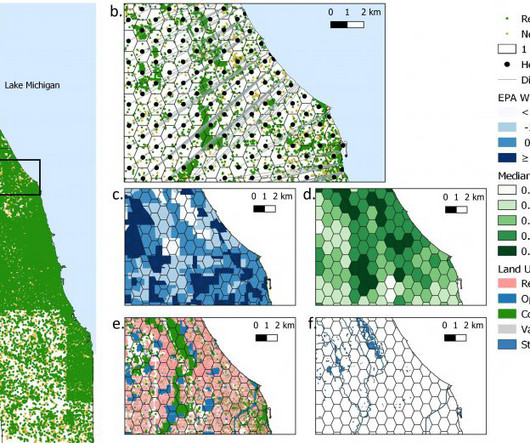
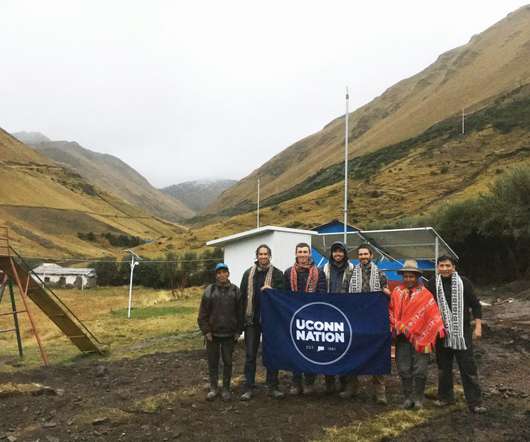
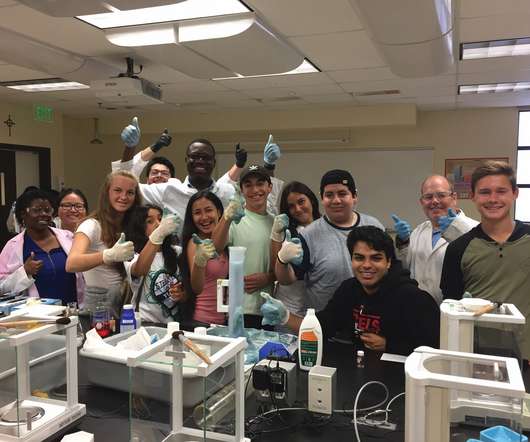
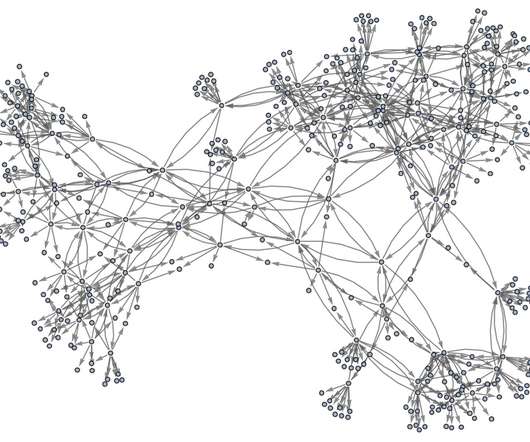






Let's personalize your content